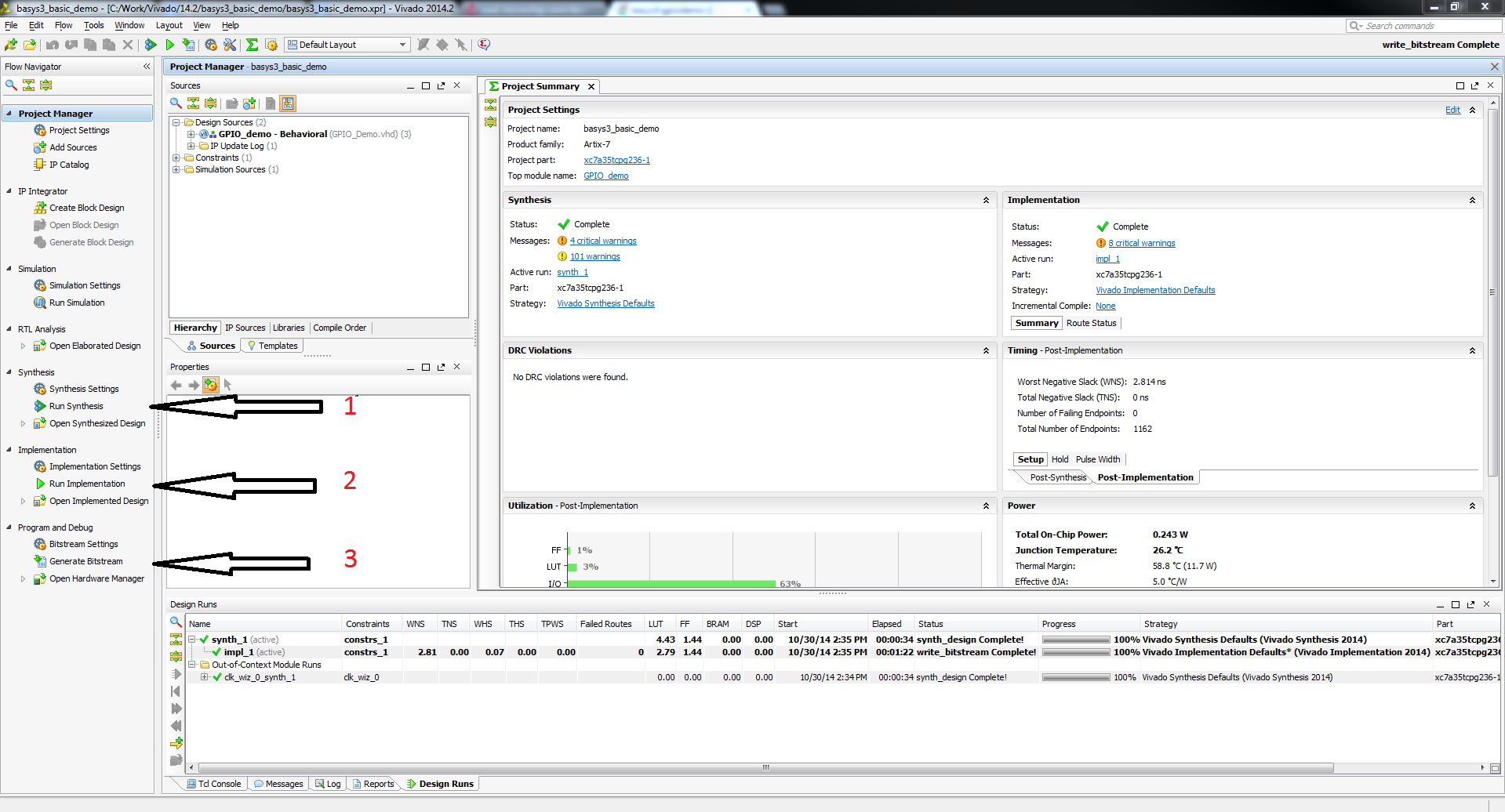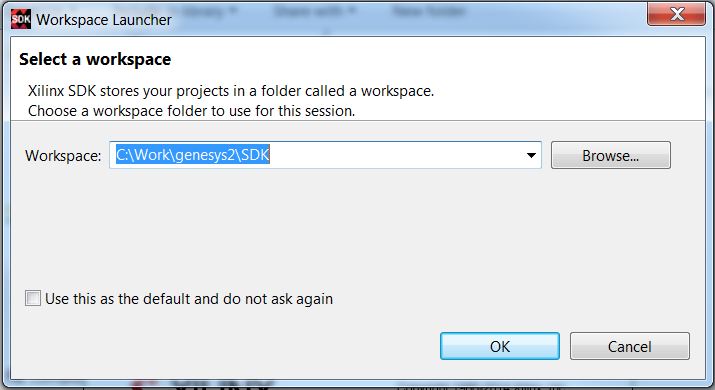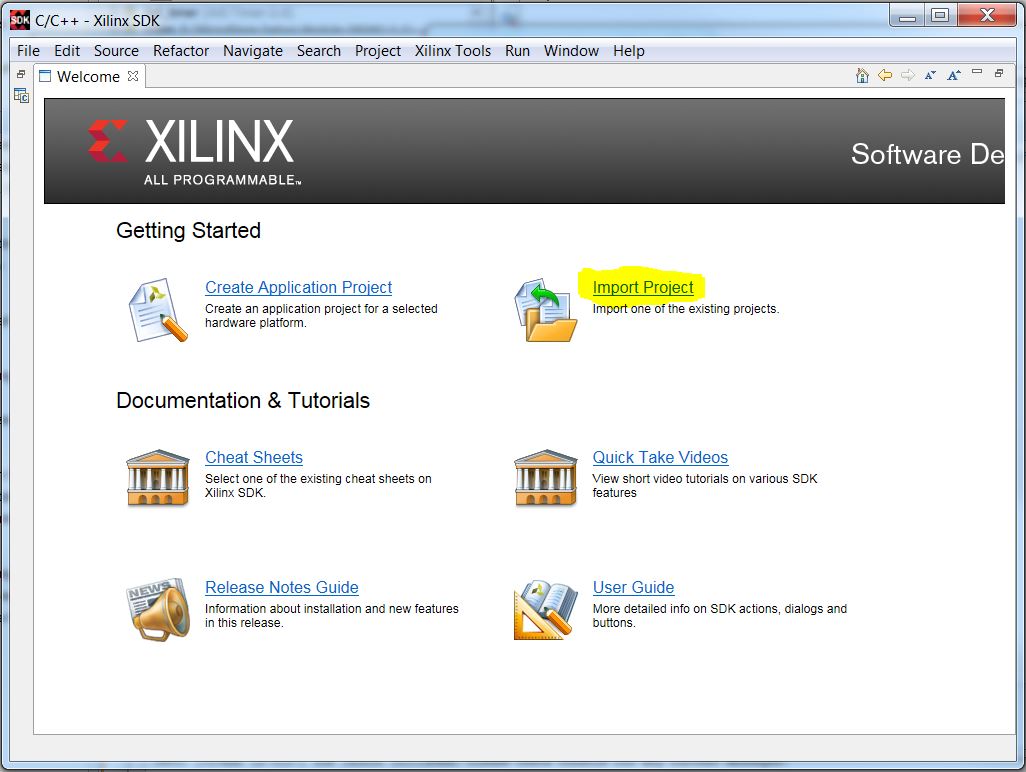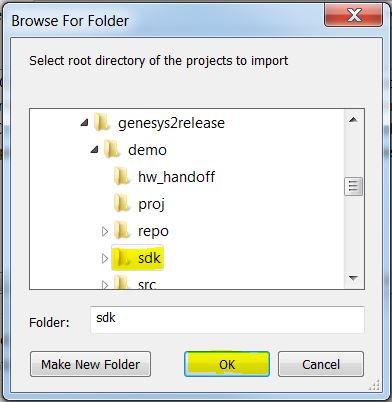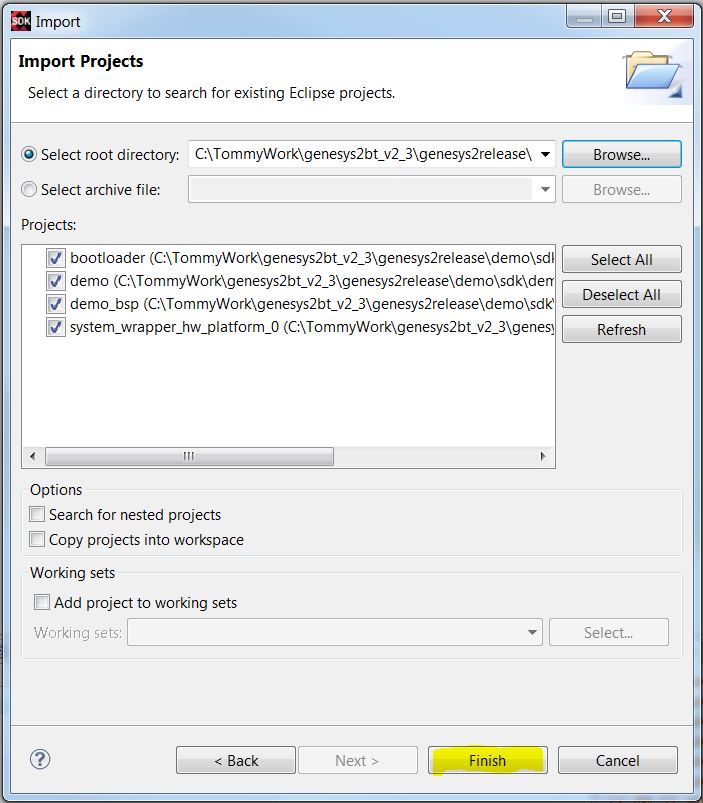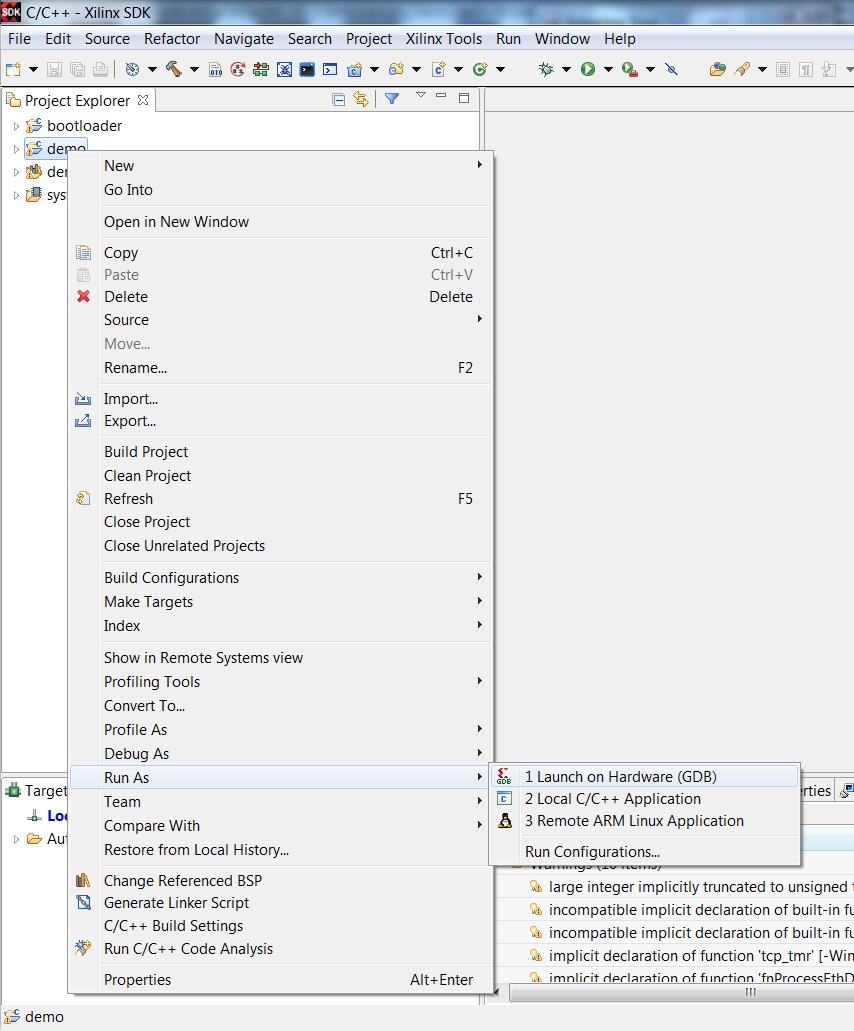Arty Microblaze Base System Design
Overview
Features Used
| Not Used | Used | |
|---|---|---|
| 4 user switches | X | |
| 4 user LEDs | X | |
| 4 user RGB LEDs | X | |
| USB-UART Bridge | X | |
| 4 user push buttons | X | |
| 10/100 Ethernet PHY | X | |
| 256MB 800Mt/s DDR3 Memory | X | |
| Serial Flash | X | |
| Four Pmod ports | X | |
| Shield Connector | X |
Description
This Vivado IP Integrator project implements a Microblaze system with cores that communicate with all of the peripherals on the Arty. This design can be used as a catch all hardware design for most Microblaze applications using ARTY.
Prerequisites
Hardware
- Arty FPGA board
- Micro-USB cable
Software
- Vivado Design Suite 2016.4
- Newer versions can be used, but the procedure may vary slightly
- Xilinx SDK 2016.4 must be included in the installation
- Digilent Board Support Files for Vivado
- Follow the Vivado Board Files for Digilent 7-Series FPGA Boards guide on how to install Board Support Files for Vivado.
Downloads
How to...
1. Download the Project
1.1) Download the project repo zip file which can be downloaded here. Once you have downloaded the project, unzip it in the location of your choosing.
1.2) If you want to generate the project in Vivado, continue to step 2. If you want to move straight to Xilinx SDK, skip to step 5.
2. Generate the Project
2.1) If not already installed, install the Vivado Board Files for the Arty by following this guide: Installing Vivado Board Files for Digilent Boards.
2.2) Generate the bsd project in the Projects folder by following this guide before continuing: How to Generate a Project from Digilent's Github.
3. Build the Project
3.1) Click Generate Bitstream on the left hand menu towards the bottom. Vivado will run through both Run Synthesis and Run Implementation before it generates the bitstream automatically.
Note: If you want, you can click each step by itself in the order of Run Synthesis, Run Implementation and then Generate Bitstream.
4. Export to SDK
4.1) Export the microblaze project by going to File>Export>Export Hardware. Click the check box to Include the bitstream, and export it local to project. This will create a .sdk folder in your project directory. Afterwards, click File>Launch SDK. Both the exported location and workspace should be left as <Local to Project>. Click “OK” to launch Xilinx SDK.
4.2) Skip to step 6.
5. Open Xilinx SDK and create a workspace
6. Import the SDK files
7. Program the FPGA
8. Program the Microblaze processor
9. Run the Project
This portion will help you run the demo and observe all its features.
9.1) Observe LED Blink
The demo is running a simple blink on LED5. This behaves much like the arduino sketch blink.


